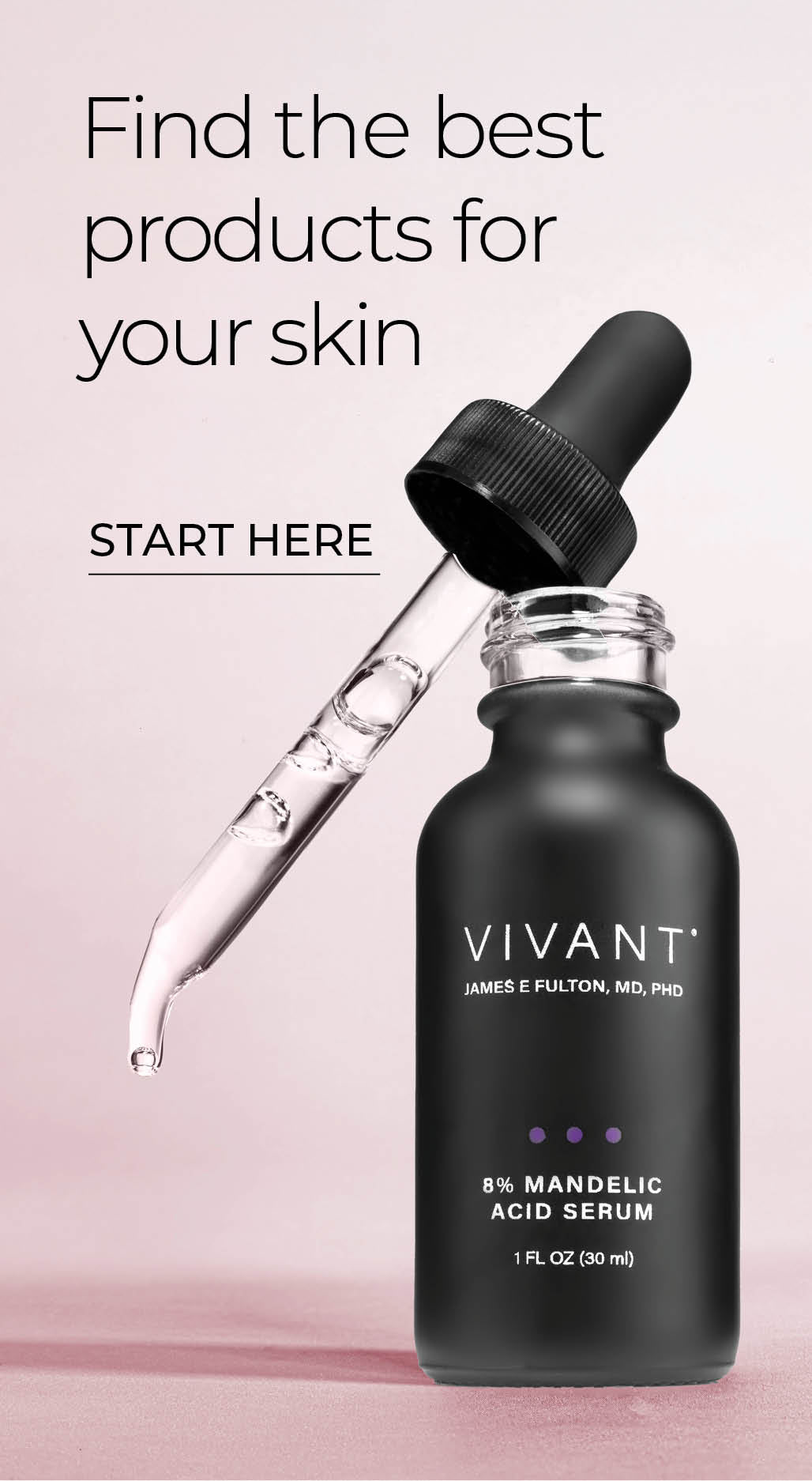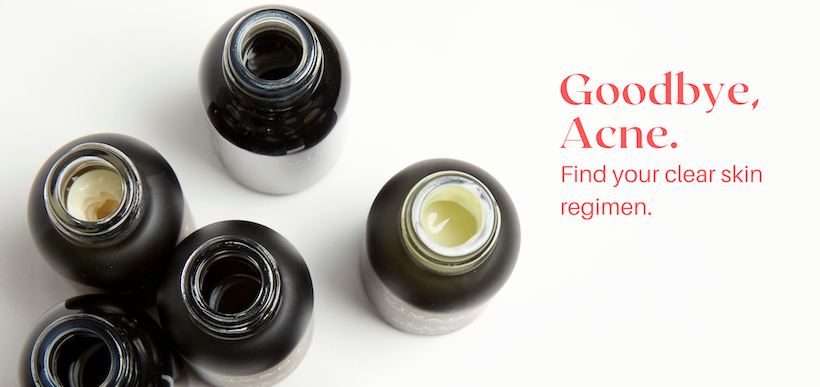Glycolic Acid Vs. Mandelic Acid: Which AHA Is Right for Your Skin

Alpha-hydroxy acids (AHAs) are essential for bright, radiant skin because of their ability to exfoliate and boost cell renewal. Two of the most popular are glycolic acid and mandelic acid. While they have a lot in common, there are distinct differences that cater to different skin types and concerns. Which is right for your skin? Let’s take a closer look.
Table of content
What Is Glycolic Acid?
Derived from sugar cane, small-molecule glycolic acid is absorbed quickly to speed results. It rapidly dissolves the glue binding dead cells to unclog pores, brighten the skin, and spur renewal.
Beyond its exfoliating benefits, glycolic acid encourages collagen production and directly inhibits melanin formation in melanocytes, fostering smoother skin texture and brighter, more even skin tone.
Glycolic acid is ideal for acne-prone skin, as well as those seeking to address fine lines, wrinkles, and hyperpigmentation. However, its quick penetration can be too aggressive for sensitive skin.
Benefits of glycolic acid:
- Works quickly to loosen dead cells
- Unclogs pores and improves clarity
- Boosts natural cell turnover
- Encourages collagen production
- Brightens and promotes even tone
- Smooths texture
Best for: Blocked pores, uneven texture, dullness, fine lines
Best roles: Exfoliator, hydrator, collagen promoter, brightener
Best partners: Retinoid, Kojic Acid, Lactic Acid, Peptides
Skin types: Non-sensitive, acne-prone, oily, mature skin
Quick Facts: Glycolic Acid
- Small molecule structure creates rapid absorption
- Can be irritating to sensitive skin
- Hydrophilic structure
- Disperses pigment at the cellular and surface level
What Is Mandelic Acid?
Mandelic acid, derived from bitter almonds, has a larger molecular structure than other AHAs. This means it’s absorbed more slowly, so it won’t irritate the skin or trigger hyperpigmentation. It’s a gentle resurfacer that improves clarity, tone, and texture.
Mandelic acid enhances brightness in two ways. It inhibits the melanin-producing enzyme tyrosinase to block pigment from forming and helps lift surface pigment through exfoliation. It also has antibacterial, anti-inflammatory, and sebum-reducing properties to fight acne.
Though excellent for all skin types, mandelic acid is a perfect choice for darker tones or sensitive types because of its non-irritating activity. Its antimicrobial properties are a bonus for rosacea-affected skin since rosacea is thought to have a bacterial component.
Benefits of Mandelic Acid:
- Unclogs pores
- Reduces sebum
- Kills acne bacteria
- Calms inflammation
- Corrects pigmentation
- Repairs sun damage
- Improves texture and tone
Best Roles: Gentle resurfacer, pigment corrector, acne fighter, texture perfector
Best Partners: Retinoid, lactic acid, salicylic acid, peptides
Skin type: Sensitive, hyperpigmentation- & acne-prone skin
Quick Facts: Mandelic Acid
- Large-molecule structure slows absorption
- Gentlest of the AHAs
- Lipophilic structure reduces sebum production
- Disperses pigment at cellular and surface level
- Antibacterial, anti-inflammatory
- Pregnancy-safe
Which AHA is right for your skin?
When deciding between glycolic acid and mandelic acid, consider your skin type, concerns, and tolerance for exfoliation.
If you have non-sensitive, acne-prone skin and are looking to address signs of aging or hyperpigmentation, glycolic acid may be the better choice.
However, if you have sensitive, rosacea-affected, or hyperpigmentation-prone skin, mandelic acid is your hero.


Comments